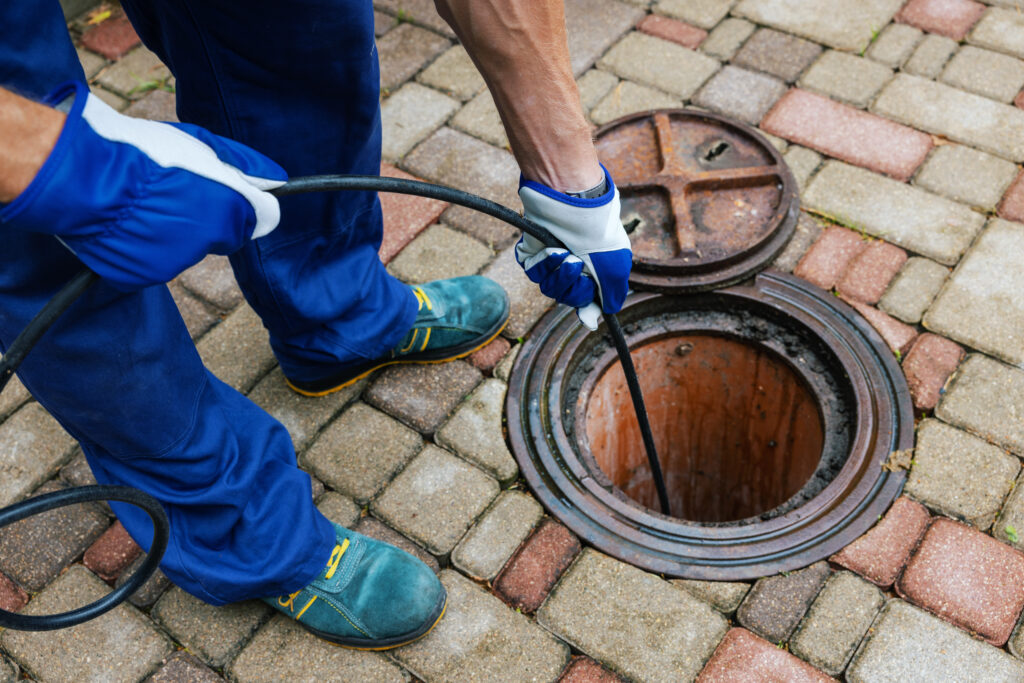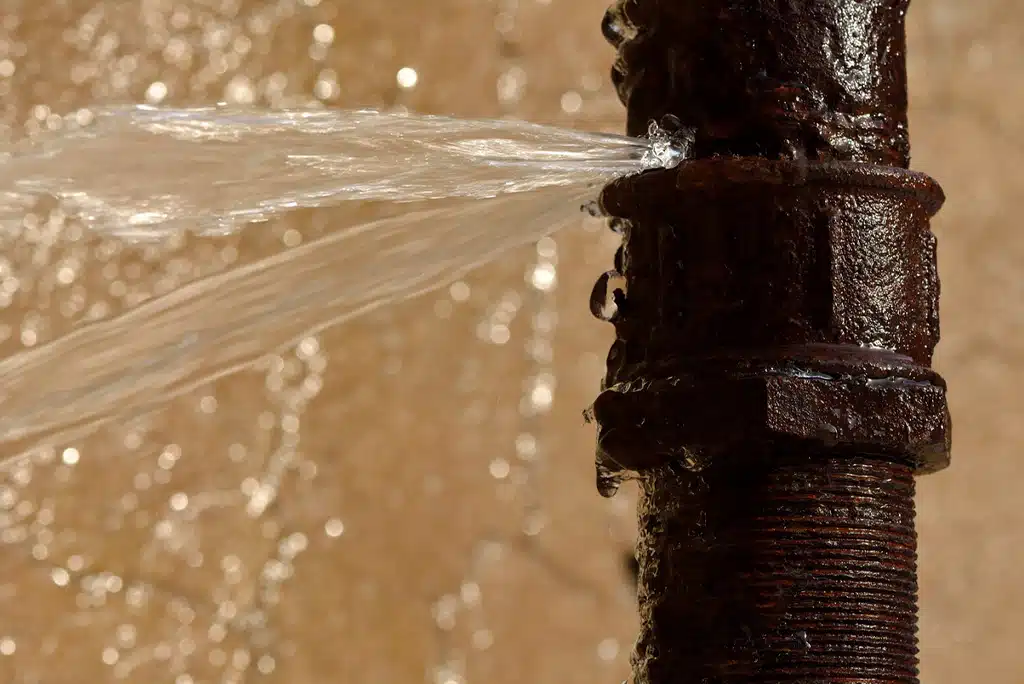How To Know if Your Thermocouple Is Malfunctioning
Like the other parts in your furnace, the thermocouple can wear down over time, producing lower voltage than it should when heated. And the worst part is that you can have a bad thermocouple without even knowing.
Inspecting and testing your thermocouple should be part of your furnace maintenance. Be sure to inspect before you test, however, to ensure that there are no obvious problems that could affect the readings from testing.
If you’re uncomfortable performing this test yourself, contact a licensed HVAC contractor who can help you.
How Does a Thermocouple Work?
The thermocouple is a small electrical device, but it’s a critical safety component in your furnace. The thermocouple responds to changes in temperature by producing an electrical current that causes the gas valve that supplies the pilot light to open when the temperature is high or to close when there’s no direct heat source.
How To Inspect Your Furnace’s Thermocouple
You’ll need a wrench, a multi-meter, and a flame source, like a candle or a lighter, to perform the test.
Step 1: Inspect the Thermocouple
What does a thermocouple look like and how do you find it? Your furnace’s thermocouple is usually right in the flame of the furnace’s pilot light. Its copper tubing makes it easy to spot.
The thermocouple is made up of a tube, a bracket, and wires. The tube sits above the bracket, a nut holds the bracket and wires in place, and underneath the bracket, you’ll see the copper lead wires that connect to the gas valve on the furnace.
Some thermocouples will look slightly different, so check your furnace manual.
Failed Thermocouple Symptoms
Once you’ve located the thermocouple, do a visual inspection. You’re looking for a few things.
- The first is signs of contamination on the tube, which can include discoloration, cracks, or pinholes.
- Next, check the wiring for any signs of wear or corrosion like missing insulation or bare wire.
- Finally, visually inspect the connectors for physical damage because a faulty connector can affect the reliability of the test reading.
If you can’t see or detect problems, proceed with the test.
Step 2: Open Circuit Test of the Thermocouple
*Note: If you’re inexperienced, we’d recommend calling a licensed heating contractor to perform the test.
- Before the test, turn off the gas supply, because you must first remove the thermocouple.
- Remove the thermocouple by unscrewing the copper lead and connection nut (first) and then the bracket nuts.
- Next, take your meter and set it to ohms. Take the two leads from the meter and touch them — the meter should read zero. Once this check is done, turn the meter back to volts.
- For the actual test, turn on your flame source and place the tip of the thermocouple into the flame, leaving it there until it’s quite hot.
- Next, attach the leads from the multi-meter to the thermocouple: Put one on the side of the thermocouple and attach the other lead at the end of the thermocouple that sits in the pilot light.
- A working thermocouple will give a reading of between 25 and 30 millimeters. If the reading is less than 25 millimeters, it should be replaced.
Call Air Experts for Furnace Thermocouple Repair in the Raleigh, NC, Area
For North Carolina homeowners, Air Experts can check the thermocouple and every other component of their gas furnace during a gas furnace repair appointment.
Call Air Experts or contact us online today to schedule a furnace repair.
Related Reading
Do You Need Emergency Furnace Repair? »
Why Won’t My Furnace Ignite? »







